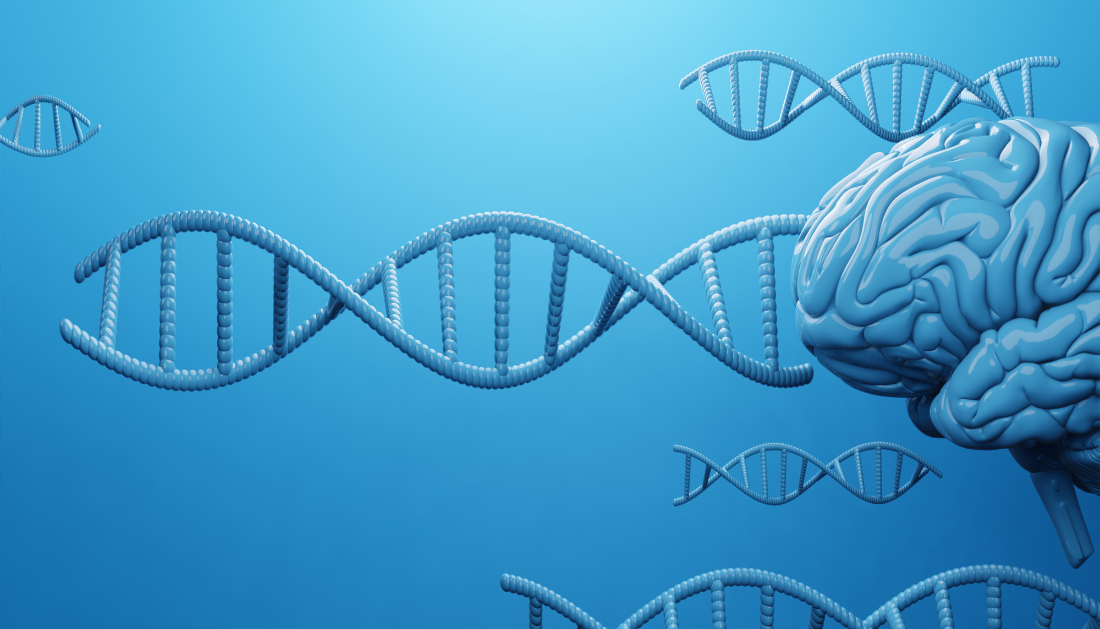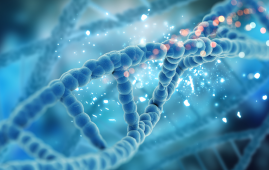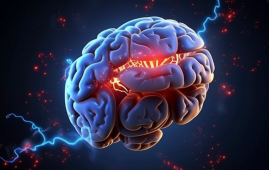

Scientists at the Francis Crick Institute have discovered a potential therapy target for CDKL5-deficient disorder (CDD), one of the most frequent forms of genetic epilepsy.
CDD causes seizures and delayed development in children, and treatments are designed to treat symptoms rather than the underlying cause of the disease. The disorder is caused by the loss of activity of a gene that produces the CDKL5 enzyme, which phosphorylates proteins, adding an extra phosphate molecule to change their function.
Following recent studies from the same lab indicating that a calcium channel could be a target for CDD therapy, the team has discovered a new technique to potentially cure CDD by increasing the activity of another enzyme to compensate for CDKL5 depletion.
In a study published today in Molecular Psychiatry, scientists investigated mice that lack the CDKL5 enzyme. These mice exhibit symptoms comparable to those seen in CDD patients, such as decreased learning and social interaction.
The researchers originally discovered that CDKL5 is active in nerve cells in mice but not in another type of brain cell known as an astrocyte. In nerve cells, scientists assessed the level of phosphorylation of EB2, a molecule known to be targeted by CDKL5, to better understand what happens when CDKL5 is absent.
Interestingly, even in animals that do not generate CDKL5, some EB2 phosphorylation occurs, implying that some comparable enzyme must be able to phosphorylate it.
By examining enzymes comparable to CDKL5, the researchers discovered that one named CDKL2 targets EB2 and is found in human neurons. In mice lacking both CDKL5 and CDKL2, the remaining EB2 phosphorylation was almost completely reduced.
The researchers concluded that, whereas most activity originates from CDKL5, roughly 15% is from CDKL2, and the remaining <5% from an enzyme yet to be identified.
According to their findings, raising the level of CDKL2 in patients who are lacking in CDKL5 could potentially cure some of the effects on the brain during early development.
Sila Ultanir, Group Leader of the Kinases and Brain Development Laboratory at the Crick, said, “CDD is a devastating condition that impacts young children from birth, and we don’t know a huge amount about why losing this one enzyme is so disastrous for the developing brain. Through this research, we’ve identified a potential way to compensate for the loss of CDKL5. If we can increase levels of CDKL2, we might one day be able to stop symptoms from developing or getting worse.”
The researchers are currently examining whether animals lacking CDKL5 may be treated by stimulating their brain cells to create more CDKL2. In addition, the team is collaborating with biotechnology companies to identify compounds that boost CDKL2 as potential novel CDD treatments.
Margaux Silvestre, a former PhD student at the Crick and current postdoctoral researcher at the Max Planck Institute in Frankfurt, said: “Our discoveries offer fresh insights into the expression and regulation of CDKL5 in the brain. Moreover, the identification of CDKL2 as a potential compensatory enzyme provides hope for uncovering better treatments that could truly make a difference in the lives of children with this devastating condition. This research owes its success to all the authors involved in the publication, but also to the unwavering support we received from the technical teams at the Crick—a big shoutout to them!”
More information: Margaux Silvestre et al, Cell-type-specific expression, regulation and compensation of CDKL5 activity in mouse brain. Molecular Psychiatry. (2024). DOI: 10.1038/s41380-024-02434-7
more recommended stories
 Anxiety’s Impact on Dementia
Anxiety’s Impact on DementiaResearchers evaluated the longitudinal association between.
 Genetic Variants & Disease Risk Insights
Genetic Variants & Disease Risk InsightsThe relationship between DNA methylation and.
 Shingles Vaccine Lowers Dementia Risk
Shingles Vaccine Lowers Dementia RiskA recent study published in Nature.
 Game of Thrones Advances Face Blindness Research
Game of Thrones Advances Face Blindness ResearchRelationship building can be difficult for.
 Gut Microbes Linked to Alzheimer’s Disease
Gut Microbes Linked to Alzheimer’s DiseaseResearchers examined the available information on.
 FDA Alternatives to Big Pharma Weight Loss Drugs
FDA Alternatives to Big Pharma Weight Loss DrugsMark Mikhael, a pharmacist, has shed.
 Blood Test for Early Parkinson’s Detection and Treatment
Blood Test for Early Parkinson’s Detection and TreatmentParkinson’s disease (PD) is currently diagnosed.
 Beyond Anti-Obesity: Glucagon-Like Peptide-1 Benefits
Beyond Anti-Obesity: Glucagon-Like Peptide-1 BenefitsResearchers examined clinical data on the.
 Ovarian Cancer Risk and Prevalance with Endometriosis
Ovarian Cancer Risk and Prevalance with EndometriosisIn a recent population-based cohort study.
 Music Lessons Boost Kids’ Social and Emotional Growth
Music Lessons Boost Kids’ Social and Emotional GrowthResearchers from the University of Southern.

Leave a Comment